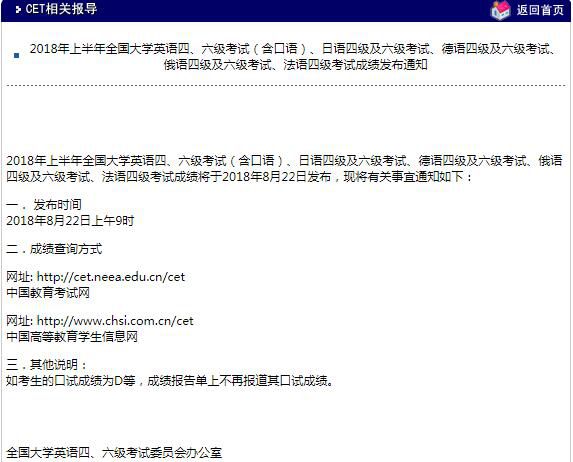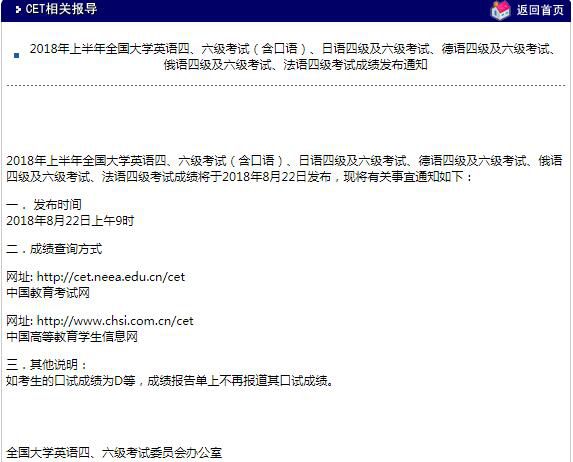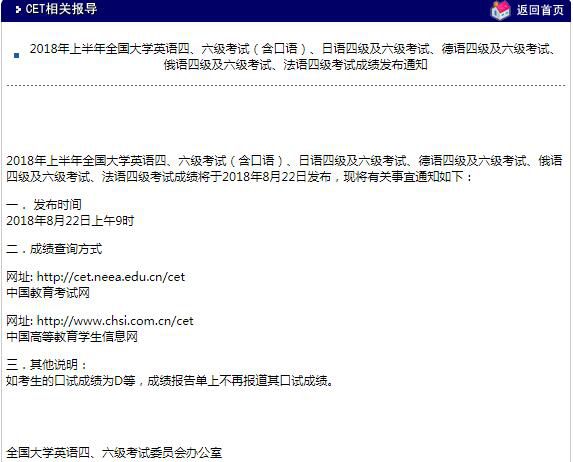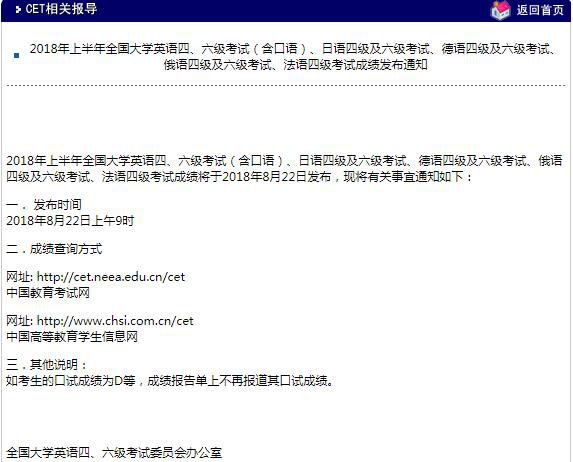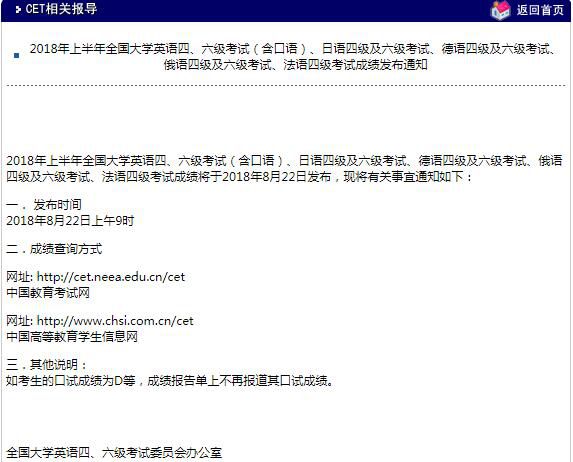GMAT考试写作指导:Argument范文八一
|
9. On average, middle-aged consumers devote 39% of their retail expenditure to department store products and services, while for younger consumers the average is only 25%. Since the number of middle-aged people will increase dramatically within the next decade, department stores can expect retail sales to increase significantly during that period. Furthermore, to take advantage of the trend, these stores should begin to replace some of those products intended to attract the younger consumer with products intended to attract the middle-aged consumer. Sample Essay 1: The argument that department retail sales will increase in the next 10 years and thus department stores should begin to replace products to attract middle-aged consumers is not entirely logically convincing, since it omits certain crucial assumptions First of all, the argument ignores the absolute amount of retail expenditure of middle-aged and younger consumers devoted to department store products and services. Although younger consumers spend a smaller percentage of their retail expenditure to department store products than do the middle-aged consumers, they might actually spend more in terms of the absolute amount. Even if middle-aged consumers are spending more than younger ones in department stores, the argument ignores the possibility that the trend may change within the next decade. Younger consumers might prefer to shop in department stores than in other types of stores, and middle-aged consumers might turn to other types of stores, too. This will lead to a higher expenditure of younger consumers in department stores than that of middle-aged consumers. Besides, the argument never addresses the population difference between middle- aged consumers and younger ones. Suppose there are more younger consumers than the middle-aged ones now, the total population base of younger consumers will be bigger than that of the middle-aged ones if both of them grow at the same rate in the next decade. Thus there will be a bigger younger consumer base. Based on the reasons I listed above, the argument is not completely sound. The evidence in support of the conclusion does little to prove the conclusion since it does not address the assumptions I have already raised. Ultimately, the argument might have been more convincing by making it clear that the absolute population of middle-aged consumers are higher than that of the younger consumers and the number will continue to grow in the next decade, and that the middle-aged consumers will continue to spend more money in department stores than younger consumers do in the next decade. Sample Essay 2: The argument that retailers should replace some of the products intended to attract the younger consumers with products intended to attract the middle-aged consumers is not entirely logically convincing, since it ignores certain crucial assumptions. First, the argument omits the assumption that the business volumes of both the middle-aged consumers and the younger consumers are the same. If the business volume of the middle-aged consumers' 39% is smaller than that of the younger consumers' 25%, the retail sales will not increase during the next decade. Second, even if the business volumes of both the middle-aged consumers and the younger consumers were the same in the last decade, the increase of the middle-aged people in the next decade is not same as the increase of the retail expenditure, for the retail trade depends more on such factors as the economic circumstances, people's consuming desire. Finally, the argument never assumes the increase of the younger consumers within the next decade. If the younger consumer increase at the same rate and spend the same amount of money on the goods and services of department stores, the retailers should never ignore them. Thus the argument is not completely sound. The evidence in support of the conclusion that the growing number of middle-aged people within the next decade does little to prove the conclusion-that department stores should begin to replace some of their products to attract the middle-aged consumers-since it does not address the assumptions I have already raised. Ultimately, the argument might have been strengthened by making it clear that the business volumes of both types of consumers are the same and comparable, that the increase of a certain type of consumers are correlated with the increase of the retail sales, and that the growth rate of the younger consumers are the same as that of the middle-aged consumers. Sample Essay 3: Based on an expected increase in the number of middle-aged people during the next decade, the author predicts that retail sales at department stores will increase significantly over the next ten years. To bolster this prediction, the author cites statistics showing that middle-aged people devote a much higher percentage of their retail expenditure to department-store services and products than younger consumers do. Since the number of middle-aged consumers is on the rise and since they spend more than younger people on department-store goods and services, the author further recommends that department stores begin to adjust their inventories to capitalize on this trend. Specifically, it is recommended that department stores increase their inventory of products aimed at middle-aged consumers and decrease their inventory, of products aimed at younger consumers. This argument is problematic for two reasons. First, an increase in the number of middle-aged people does not necessarily portend an overall increase in department-store sales. It does so only on the assumption that other population groups will remain relatively constant. For example, if the expected increase in the number of middle-aged people is offset by an equally significant decrease in the number of younger people, there will be little or no net gain in sales. Second, in recommending that department stores replace products intended to attract younger consumers with products more suitable to middle-aged consumers, the author assumes that the number of younger consumers will not also increase. Since a sizable increase in the population of younger consumers could conceivably offset the difference in the retail expenditure patterns of younger and middle-aged consumers, it would be unwise to make the recommended inventory adjustment tacking evidence to support this assumption. In conclusion, this argument is unacceptable. To strengthen the argument the author would have to provide evidence that the population of younger consumers will remain relatively constant over the next decade |

